[section label=1. Introduction]
Exceeding 6Gb/s
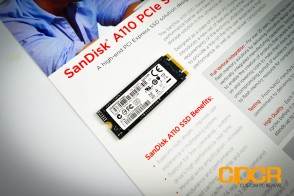 At CES earlier this year, M.2 and PCIe was definitely among the major talking points for SSD technology. Every SSD manufacturer had something to say and almost everyone had something to show as well.
At CES earlier this year, M.2 and PCIe was definitely among the major talking points for SSD technology. Every SSD manufacturer had something to say and almost everyone had something to show as well.
A couple weeks ago we received the rare opportunity to review the Plextor M6e 256GB M.2 PCIe SSD and was very impressed with what it had to offer. This week, we received an even rarer opportunity to review the SanDisk A110 256GB M.2 PCIe SSD.
Now the SanDisk A110 is really one of SanDisk’s first entries into the M.2 PCIe SSD space although it’ll be only available to OEMs at this time. SanDisk has not indicated that it’ll be available for the consumer market although I’m sure some iteration of the drive will be available later on when M.2 PCIe becomes more mainstream.
SanDisk A110 Specifications
| Manufacturer | SanDisk | SanDisk |
|---|---|---|
| Model | A110 | A110 |
| Model Number | SD6PP4M-128G | SD6PP4M-256G |
| Form Factor | M.2 2260 | M.2 2260 |
| Capacity | 128 GB | 256 GB |
| Controller | Marvell 88SS9183 | Marvell 88SS9183 |
| NAND | 19nm SanDisk eX2 ABL Toggle Mode MLC | 19nm SanDisk eX2 ABL Toggle Mode MLC |
| Sequential Reads | 720 MB/s | 740 MB/s |
| Sequential Writes | 340 MB/s | 625 MB/s |
| 4K Random Read | 100,000 IOPS | 115,000 IOPS |
| 4K Random Write | 67,000 IOPS | 73,000 IOPS |
| Interface | PCIe 2.0 x2 | PCIe 2.0 x2 |
| Warranty | N/A | N/A |
As far as specifications go, the SanDisk A110 looks very good on paper. The drive is based on the M.2 2260 form factor, which means it’ll be a 22mm wide by 60mm long drive using a 20mm wide M.2 edge connector. The drive is wired for PCIe 2.0 x2, so it’ll only be compatible with M.2 slots wired for PCIe. Being wired for PCIe, it’ll also be capable of performance up to 740MB/s sequential reads and 625MB/s sequential writes, which is faster than what’s capable on SATA 6Gb/s.
The SanDisk A110 also uses the latest Marvell 88SS9183 SSD controller paired with their own exclusive SanDisk 19nm eX2 ABL Toggle Mode MLC. The drive will come in capacities of only 128GB and 256GB which is likely due to size constraints of using the M.2 2260 form factor rather than the longer M.2 2280 (or beyond) form factor. As usual, the firmware is built in house by SanDisk’s in-house firmware team.
[section label=2. A Closer Look]
A Closer Look at the SanDisk A110 256GB
Since the SanDisk A110 is an OEM product, we simply received the drive in a black box along with some marketing materials and a fancy M.2 to PCIe x4 adapter.
Here’s a look at the SanDisk A110 256GB. It’s a M.2 2260 form factor drive so it’s 22mm wide and 60mm in length. The edge connector is 20mm wide and has 2 notches which signifies that it’s using a B and M edge connector design. Unfortunately, there are some B connector M.2 designs that are wired for SATA only, so the drive may not work in some systems even if it will fit.
Here’s a look at the fancy adapter we received. The adapter is pretty cool in that it has a number of debugging options as well as the capability of using external power. Unfortunately external power gets stepped down from 5v to 3.3v using a resistor rather than a direct 3.3v line, so it’s impossible to accurately measure power consumption.
Taking a closer look at the controller here, SanDisk is using the Marvell 88SS9183-BNP2 controller, which is the same controller seen on our very recently reviewed Plextor M6e 256GB M.2 PCIe SSD. The controller is one of Marvell’s latest native PCIe 2.0 x2 SSD controllers with a theoretical maximum of up to 1GB/s.
Because SanDisk jointly owns of one of the largest NAND foundries in the world, the SanDisk A110 256GB uses four packages of SanDisk’s very own 05131 064G eX2 ABL 19nm Toggle Mode MLC NAND. The SanDisk’s 19nm eX2 ABL 19nm Toggle Mode MLC NAND is proprietary SanDisk NAND which features SanDisk’s nCache technology which we’ve covered previously on our review of the SanDisk Extreme II.
For the DRAM buffer, we get a single 256MB of SK Hynix DDR3-1333MHz. This gives the SanDisk A110 256GB a good 1MB DRAM buffer per GB of total capacity.
[section label=4. Test Setup]
Haswell Test Bench
As of October 5, 2013, we’ve upgraded our storage testing system to a Z87/Haswell testing platform. All SSDs used for comparison here have been updated to the latest firmware as of October 2013. Performance tests from storage reviews prior to that date should not be compared to our latest reviews.
| System | CyberPowerPC Gamer Xtreme 4200 |
|---|---|
| CPU | Intel Core i7 4770K |
| Motherboard | ASUS Z87-A |
| Memory | Kingston HyperX Genesis 16GB DDR3 2133MHz |
| Graphics | Intel HD4600 Graphics |
| Storage | OCZ Vertex 4 256GB |
| Power Supply | Corsair HX650 |
| Case | HSPC High Speed Tech Station |
| Optical Drive | ASUS OEM DVD Drive |
| Operating System | Windows 8 64 bit & CentOS 6.4 |
Special thanks to CyberPowerPC, Kingston, OCZ Technology and HSPC for sponsoring our test bench!
Crystal Disk Info
SanDisk A110 256GB
Today we’ll be reviewing the SanDisk A110 256GB M.2 PCIe SSD containing firmware A200500. Our sample of the SanDisk A110 contains numerous basic features such as S.M.A.R.T. monitoring, NCQ, TRIM, and APM; however, since the SanDisk A110 is a product designed for the OEM market, additional features such as DevSleep for example can be implemented for system integrators to better fit their products needs.
Although SanDisk sent us their very own special M.2 to PCIe x4 adapter, firmware is built into the SanDisk A110 to leverage the AHCI protocol which allows the A110 to be used out of the box with any M.2 to PCIe adapter.
[section label=5. ATTO Disk Benchmark / AS SSD / Crystal Disk Mark]
SanDisk A110 256GB Performance
ATTO Disk Benchmark v2.46
ATTO Disk Benchmark is one of the industry’s oldest and most popular benchmarks for testing disk read/write speeds. This benchmarks allows read and write testing using predefined block sizes and gives us a good idea of read/write speeds with different sized files. Most SSD manufacturers these days prefer using this benchmark when advertising SSDs as it tests using compressible data, which tends to yield best performance.
Performance Analysis
The SanDisk A110 256GB M.2 PCIe is rated at 740MB/s sequential reads and 625MB/s sequential writes. These figures are actually slightly conservative as our testing in ATTO Disk Benchmark shows that we’re able to reach speeds of up to 774MB/s sequential reads and 627MB/s sequential writes.
AS SSD Benchmark
AS SSD is a very commonly used benchmark used to measure SSD performance in a number of categories. Here, tests are run using incompressible data at QD1. It also outputs a final score at the conclusion of the test based off the read and write performance of the drive.
Performance Analysis
Although lower queue depths evens the playing field between SATA and PCIe SSDs, the SanDisk A110 still shows its dominance, especially in sequential reads of up to 679MB/s. One thing I found interesting while testing the A110 is that compression seems to affect its performance, but only when the data is very close to 100% incompressible.
Crystal Disk Mark 3.0.1 x64
Crystal Disk Mark is another popular benchmark which allows us to measure both sequential read/write speeds as well as random read/write speeds. With this benchmark, tests can be run using both random fill (incompressible data) and 0 fill (compressible data). Realistically in typical computer usage scenarios, data being transferred will consist of a mixture of both incompressible and compressible data.
Performance Analysis
Again, Crystal Disk Mark at QD 4 confirms our findings in our previous tests.
[section label=6. PC Mark 7 / PC Mark 8]
SanDisk A110 256GB Performance
PC Mark 7
The PC Mark 7 storage test evaluates the SSD under many different real world environments such as gaming, multimedia editing, etc. This closely represents the SSD’s performance under real world situations.
PC Mark 8
The PC Mark 8 storage test is similar to storage tests found in PC Mark 7. The PC Mark 8 storage test evaluates SSDs under many real world applications such as gaming, video editing, photo editing, etc. and is well regarded among the SSD industry.
Performance Analysis
In PC Mark 7/PC Mark 8, the SanDisk A110 256GB tops the charts as one of the fastest SSDs we’ve ever tested. While it’s still behind the Samsung 840 Pro SATA SSD in our testing here, that’s mainly due to the fact that PC Mark is very consumer oriented and tests focus on low queue depth operations rather than single large file transfers where the A110 has its major advantage.
[section label=7. FIO – FOB]
SanDisk A110 256GB Performance
FIO (Flexible I/O Tester)
FIO, which stands for Flexible I/O Tester, is basically what its name says – a flexible I/O tester / I/O workload generator. Whereas all the benchmarking tools we’ve used previously are fantastic, easy to use benchmarking tools that provide a good snapshot of SSD performance, they do lack a lot of versatility, especially for more complex and in-depth operations such as custom queue depths, block sizes, test run times, etc. While the testing that follows may not pertain to typical consumer usage, they do help give us a much more in-depth look at each individual product’s strengths and weaknesses when they’re pushed to the limits.
FIO – FOB (Fresh Out of the Box) Testing
When SSDs are brand new and Fresh Out of the Box, they’re generally able to perform at or outperform their advertised speeds, but unlike traditional hard drives, performance on SSDs begin to degrade over time as they become more and more used. This is because while SSDs are new, all bits on the SSD are empty, so they can instantly be programmed with data. However, once data gets programmed in, even if it’s deleted in the filesystem the actual data will still stay programmed on the NAND itself unless some sort of garbage collection routine comes in to wipe the data. Unfortunately, in order to write new data onto “dirty” NAND, the NAND needs to go first through an erase cycle to erase the old data before a program cycle can happen to program new data, which as you may imagine takes more time than just a simple program cycle. As this only happens when writing new data onto the SSD, you’ll generally see less performance degradation on reads and more performance degradation on writes.
For our FOB testing, we run a secure erase on the SSD then run each test sans any preconditioning. This will provide us with the highest level of performance the SSD is capable of and is likely never to be seen ever again once the SSD goes into a used state.
Our testing will include 4K read testing, 4K write testing, and 4K 70/30 read/write mix testing at queue depths of 1,2,4,8,16,32,64,128,256. The reason we’ve also included 4K 70/30 read/write mix testing is simply because most real world workloads will always fall somewhere between 0% write and 100% write rather than one or the other. Since client usage is much more read heavy, we’ll be using the 70/30 read/write mix.
For general client usage, performance will fall somewhere between queue depths of 1-4 whereas servers and other enterprise applications will easily see queue depths of 32 or greater.
Performance Analysis
With the SanDisk A110 256GB fresh out of the box, it’s definitely a strong performer in 4k random read performance, capable of topping out at over 150,000 IOPS. 4k random write performance however, wasn’t anywhere near as good and topped out at only 23,000 IOPS; however…
4k Sequential Write (100% Compressible)
Since SanDisk advertises the drive at 73K random write IOPS, I was a bit confused at why my 4K random write results were far lower than what SanDisk advertises their SSD at. After a bit of tinkering, I realized that the A110 actually discriminates performance based on 100% random or 100% sequential data. As you can see in our IOMeter testing above, the A110 is actually capable of up to 96,000 IOPS 4k writes when tested with 100% compressible data – a huge difference in comparison to the 23,000 IOPS achieved in our 4K random write testing earlier.
[section label=8. FIO – Steady State]
SanDisk A110 256GB Performance
FIO – Steady State Testing
After prolonged use of an SSD, it will reach “steady state” where performance levels off to a minimum level. The FOB state is the “best case scenario” for SSD performance while “steady state” is going to be your worst. Here, we ran the exact same set of benchmarks we just completed in the FOB state; except this time around, we’ll be preconditioning the drive by filling 100% of the drive’s LBAs with two sequential passes of 128k data followed by hammering the drive for six hours with 4K random data prior to actual testing.
Performance Analysis
The SanDisk A110 is very much a consumer oriented drive and doesn’t seem to enjoy being in steady state at all. In our 4K random read testing, the drive topped out at 45,000 IOPS and in 4K random write testing, it topped out at a paltry 7,000 IOPS. I think a big part of this is due to the fact that SanDisk isn’t over-provisioning the A110 at all unlike the similar SanDisk Extreme II reviewed previously.
[section label=”9. FIO – 4K Random Write Consistency”]
Plextor M6e 256GB Performance
FIO 4K Random Write Consistency Testing
Another one of the benefits of testing with FIO is the flexibility of running consistency tests, which is one of the most important metrics when considering SSDs going forward. Looking at the results of our benchmarks such as ATTO Disk Benchmark and Crystal Disk Benchmark, we can see that practically every top tier SSD is capable of saturating SATA 6Gb/s in the FOB state. However, what really differentiates these SSDs is their ability to hold a certain level of performance even after extended periods of use.
For our consistency testing, we used a fairly standard method, which includes both filling up 75% of capacity (consumer use) as well as 100% capacity(enterprise use) twice with sequential 128k data followed by the actual test itself, which is simply running 4K random writes at a queue depth of 32. By recording the IOPS every second for 2,000 seconds, we’re able to get a good look at what kind of performance can be expected when the drive is relatively new, when it’s heading towards steady state, and when it’s actually in steady state.
[tabgroup]
[/tabgroup]Performance Analysis
4K write performance consistency is very interesting as it clearly shows how similar the SanDisk A110 is in comparison to its brother, the SanDisk Extreme II. Consistency at 100% fill is actually decent; however, performance tends to jump all over the place at 75% fill. There’s definitely room for improvement considering Plextor’s M6e is able to offer much better performance consistency using the same controller.
[section label=”10. FIO – 4K Random Write Latency”]
SanDisk A110 256GB Performance
FIO 4K Random Write Latency Testing
Another metric that’s becoming increasingly important in SSDs is its ability to keep latency low despite being subjected to a heavy workload. Even if a SSD were capable of ultra high and ultra consistent IOPS performance, if latency were high, users would still feel that the drive is slow. Ideally, SATA SSDs should always be capable of latencies under 50ms, even during heavy workloads.
For latency testing, we’ll be using the exact same testing parameters as IOPS consistency testing, except instead of recording IOPS every second, we’ll be recording latency.
[tabgroup]
[/tabgroup]Performance Analysis
Latency is decent here with latency hopping above 50ms only a couple times when the drive is at 100% fill. However, I can’t help but feel like the A110 is taking a step back from the Extreme II which has far superior performance here. I think the A110 would benefit greatly from some over-provisioning.
[section label=”11. FIO – 128K Random Write”]
SanDisk A110 256GB Performance
FIO 128K Random Write Consistency Testing
In addition to testing 4K random write consistency, we’ll also begin to test for 128K random write consistency to see how well a SSD is able to hold itself to a level of performance when getting hammered with larger file transfers.
For 128K random write consistency testing, we won’t be preconditioning the drive with two sequential passes of 128K data like in our 4K random write consistency testing since 128K data can easily fill up the drive well within our 2,000 second run.
[tabgroup]
[/tabgroup]Performance Analysis
The SanDisk A110 is a consumer oriented SSD designed for read intensive use cases, so it didn’t fare too, too well here. Performance at 100% is surprisingly consistent however although total performance isn’t very high after the drive hits 100% fill.
[section label=12. Conclusion]
SanDisk A110 256GB Conclusions
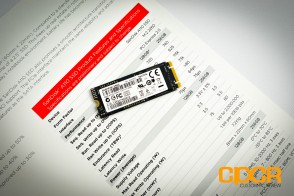 After receiving the opportunity to play with the Plextor M6e 256GB M.2 PCIe SSD a couple weeks back and now the SanDisk A110, I’d have to say that I’m very excited for what M.2 and PCIe SSDs have in store for us this year. With PCIe SSDs gaining as much traction as it is, it shouldn’t be long before we see PCIe SSDs rolling into the mainstream market.
After receiving the opportunity to play with the Plextor M6e 256GB M.2 PCIe SSD a couple weeks back and now the SanDisk A110, I’d have to say that I’m very excited for what M.2 and PCIe SSDs have in store for us this year. With PCIe SSDs gaining as much traction as it is, it shouldn’t be long before we see PCIe SSDs rolling into the mainstream market.
In testing, the SanDisk A110 256GB was pretty much what we’d expected. In certain scenarios, the A110 was capable of exceeding the performance limits set by SATA 6Gb/s, but given the nature of consumer use, it’s likely that the A110 won’t be much faster than most enthusiast SATA based SSDs on the market. Most consumer use focuses on small file, low queue depth operations and without transitioning from the old AHCI storage protocol to NVMe, we probably won’t have PCIe SSDs performing leaps and bounds faster than what we can find on SATA based consumer SSDs of today.
Pricing information on the SanDisk A110 is unknown and you probably won’t be able to get your hands on a drive either. The SanDisk A110 is an OEM only product designed for system integrators at this time. However, given that SanDisk is using the same exact NAND being used on their enthusiast SSDs today, and NAND is the most expensive component of any SSD, there’s no reason why there would be any significant difference in cost between a SATA based SSD and a M.2 based PCIe SSD using the same NAND.
Despite the fact that the SanDisk A110 isn’t available for the general market, it’s definitely been nice to preview the SSD to know that M.2 PCIe is ready for price time. While we won’t be awarding the A110 as it’s designed only for OEMs, it’s definitely something that needs to be considered by every system integrator. Implementation doesn’t require any significant changes in software and you’re looking at the potential for up to 770MB/s into a system as thin and light as an Ultrabook. Say hello to the future.
Sample provided by: SanDisk
Availability: OEM Only

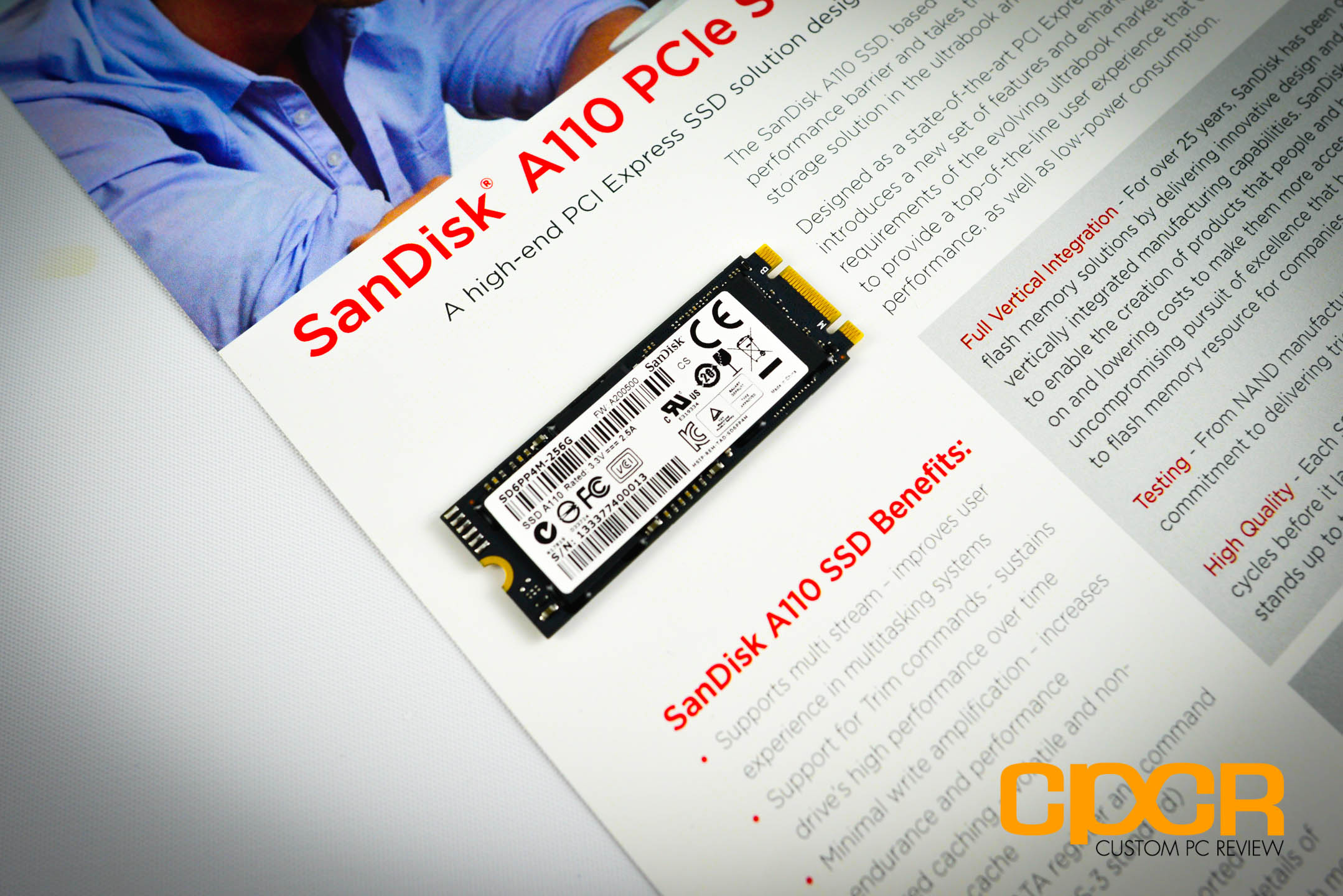
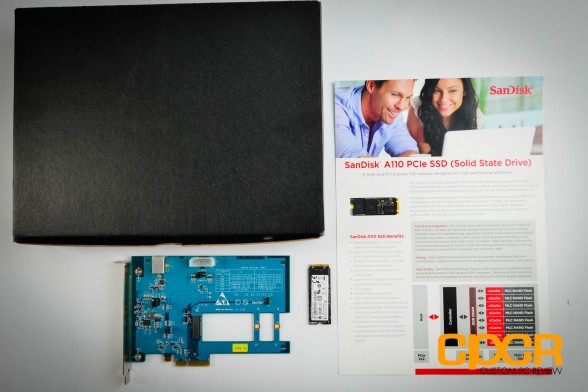
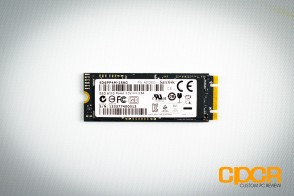
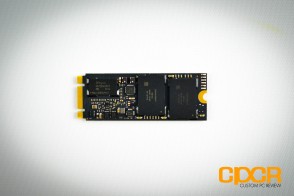
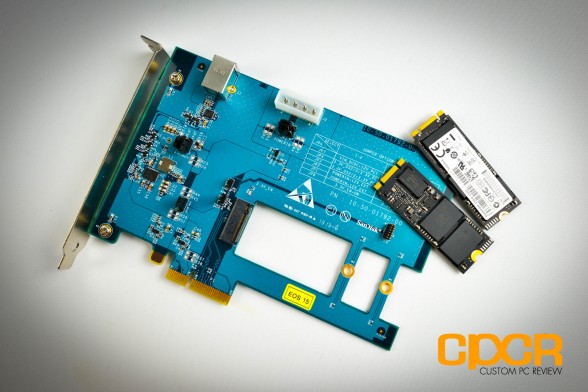
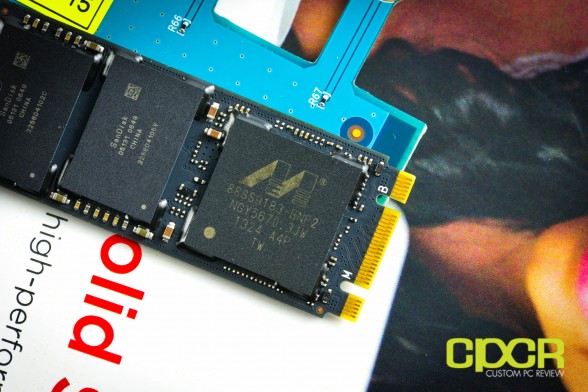
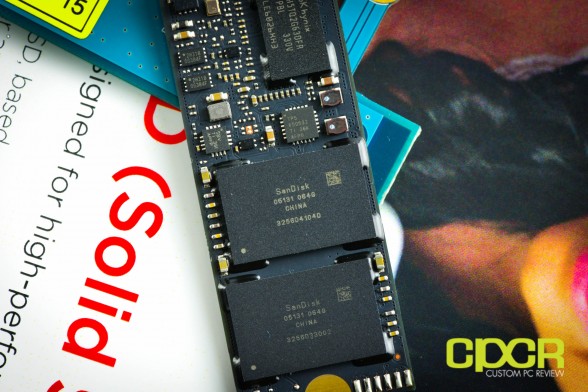
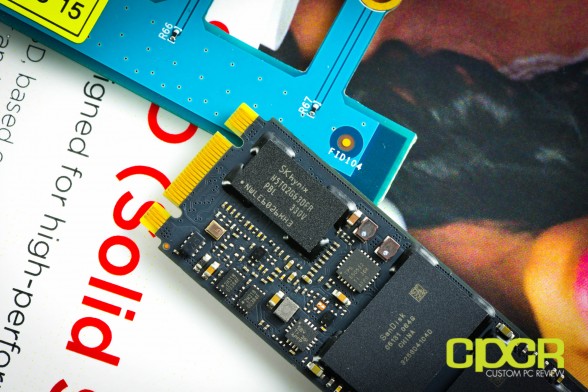
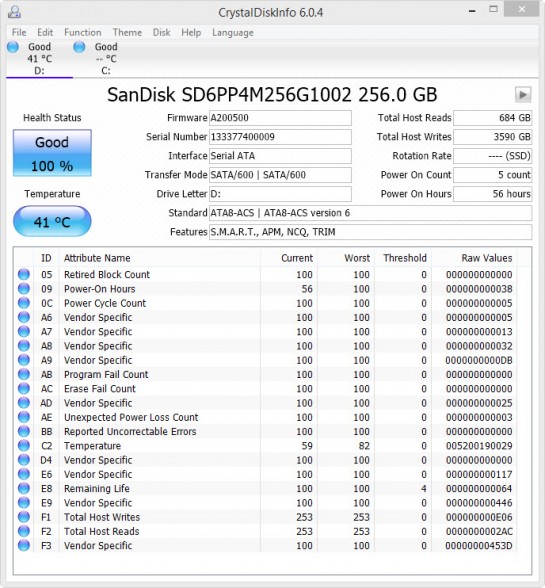
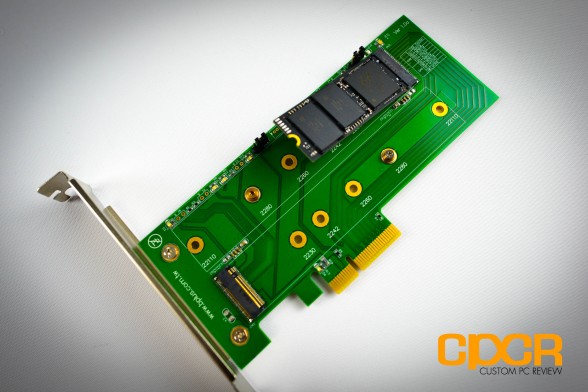
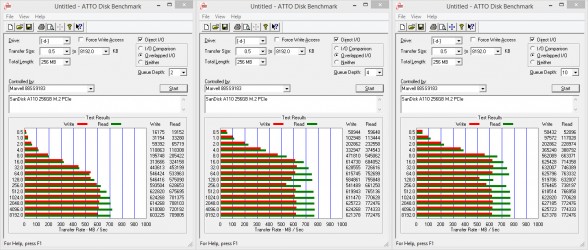
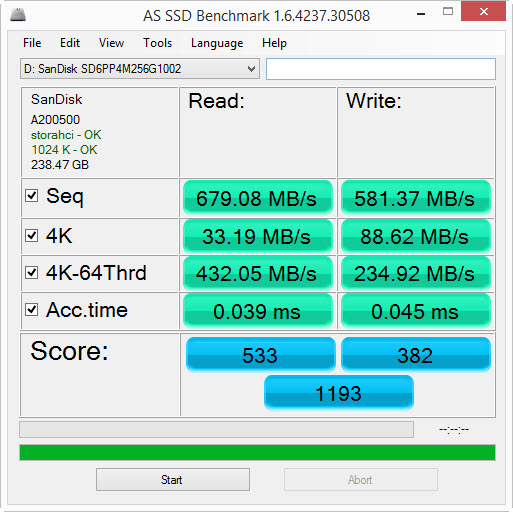
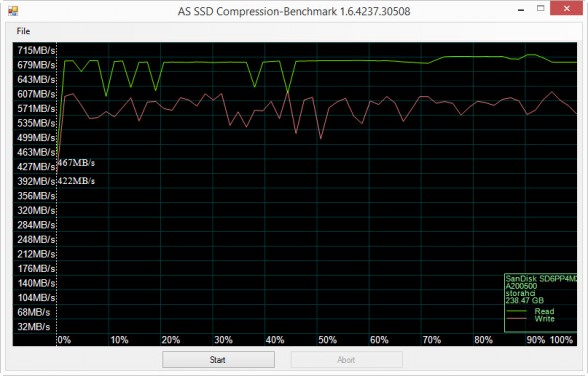
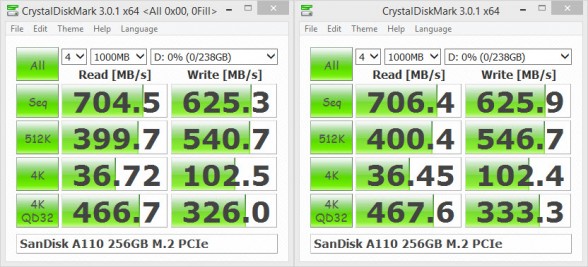
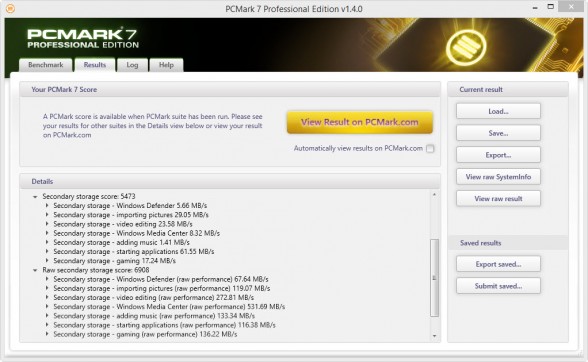
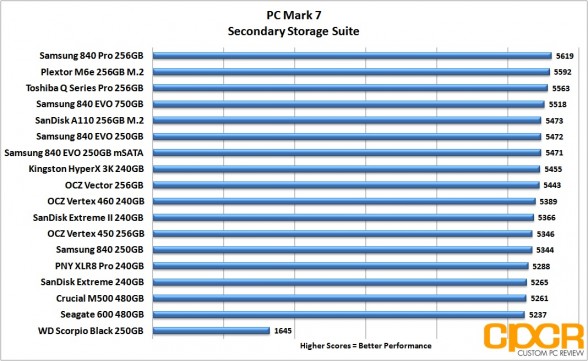
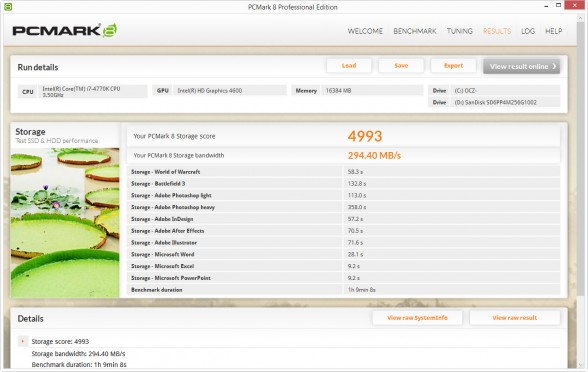
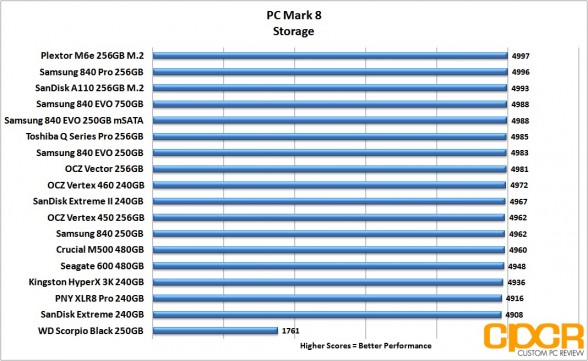
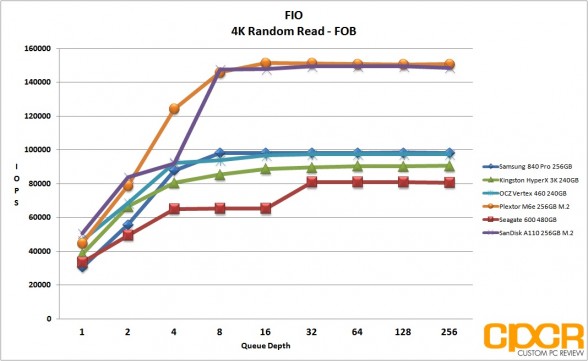
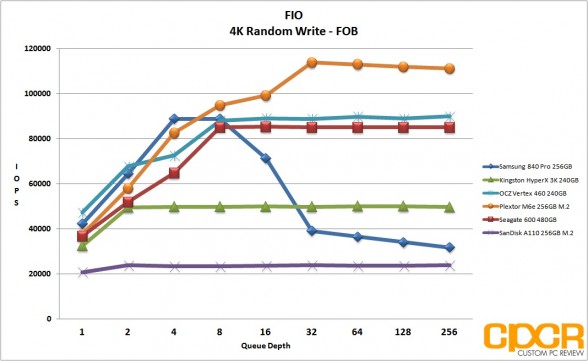
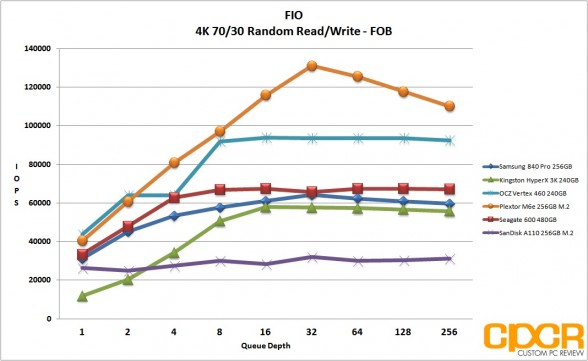
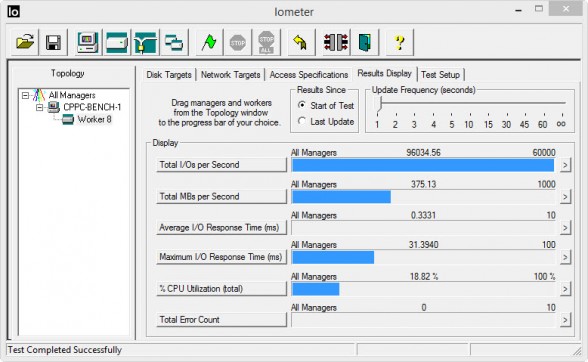
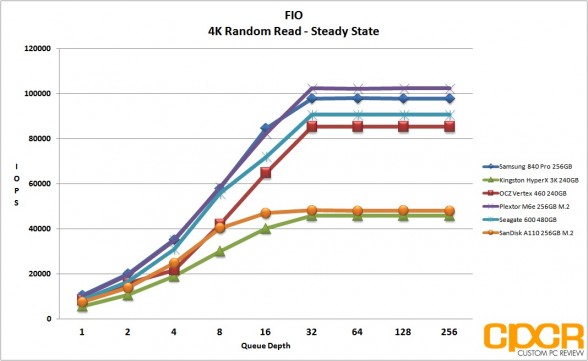
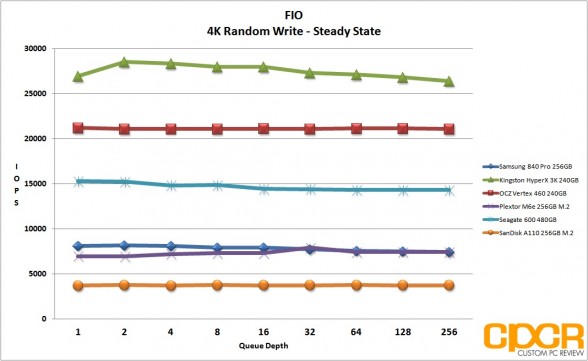
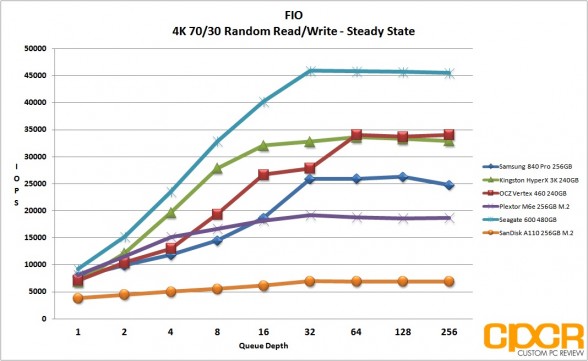
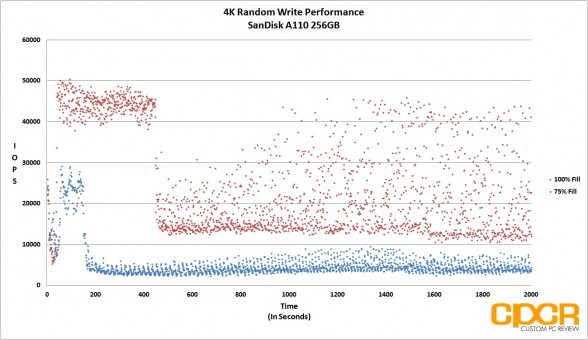
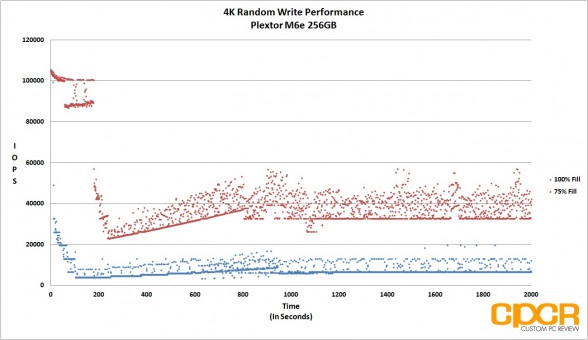
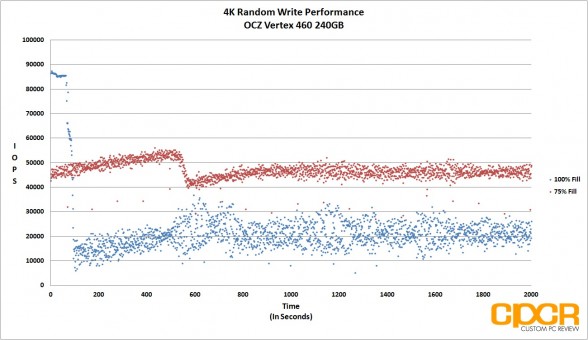
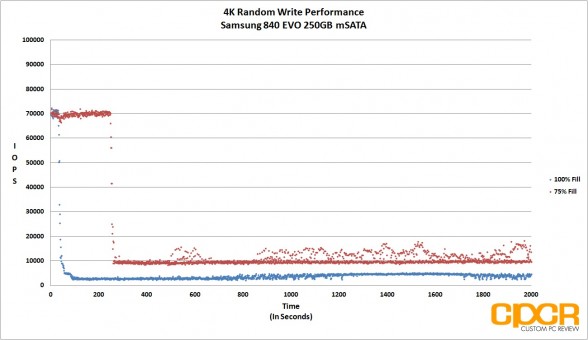
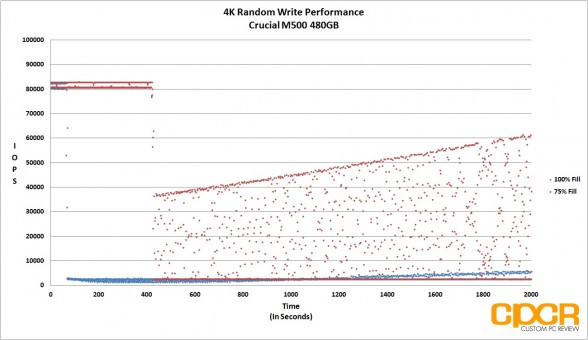
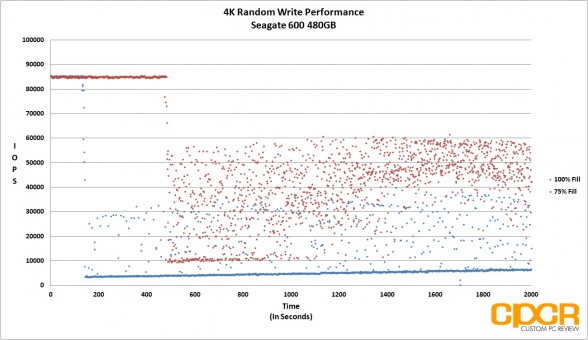
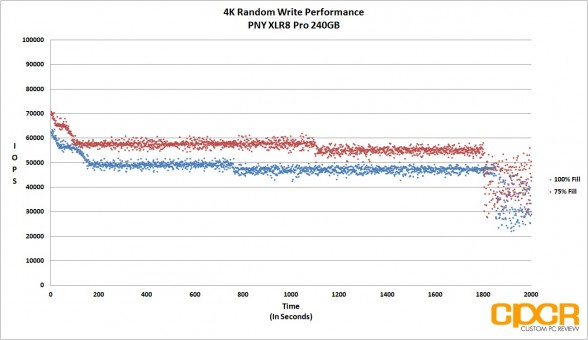
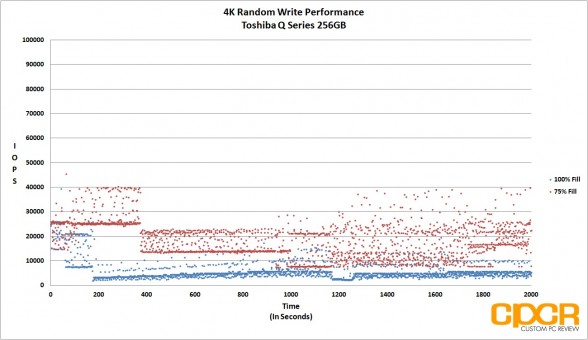
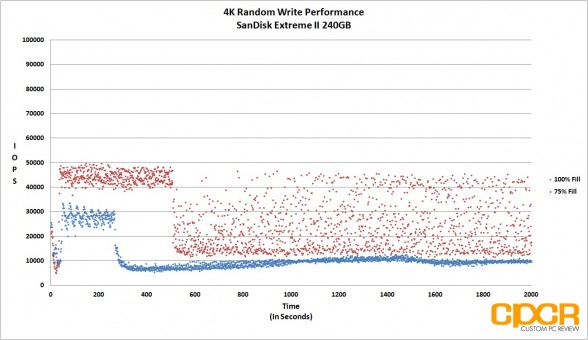
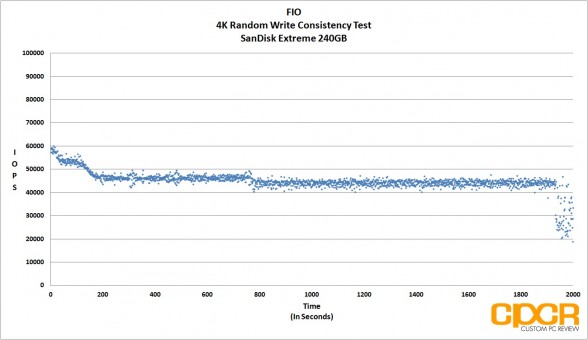
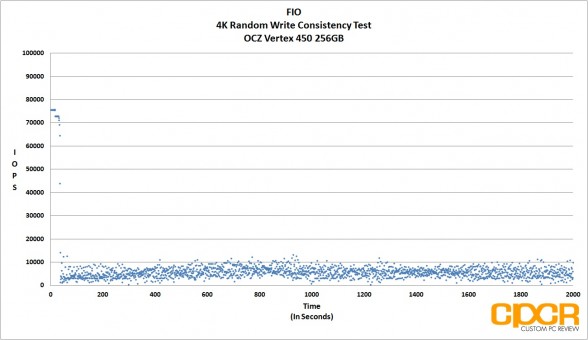
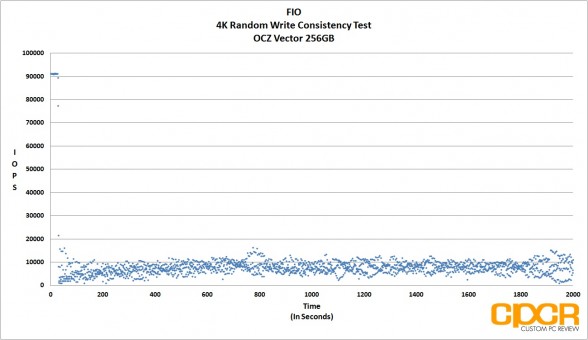
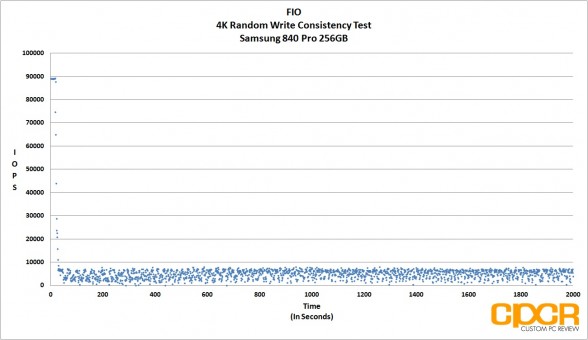
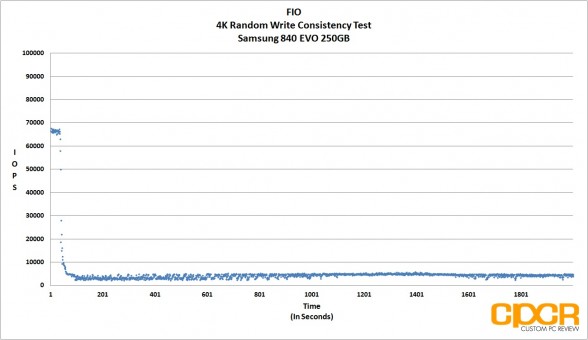
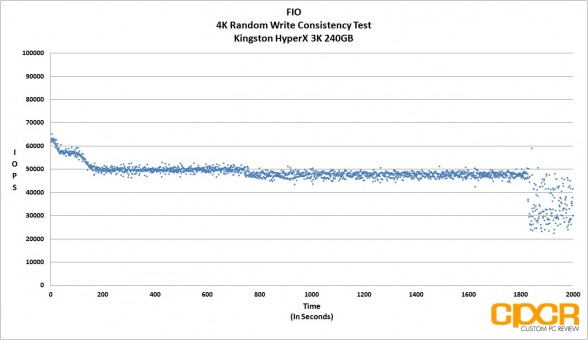
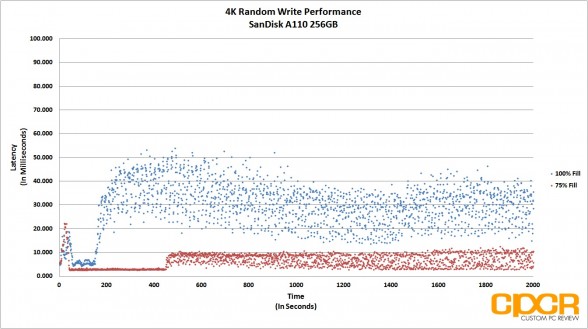
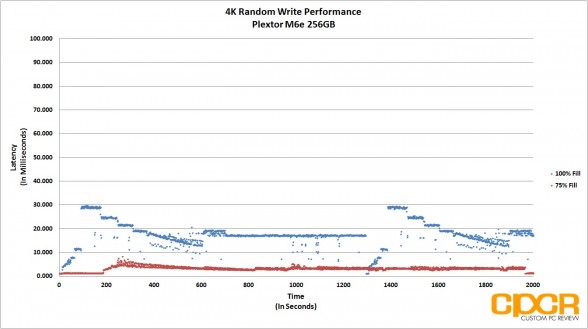
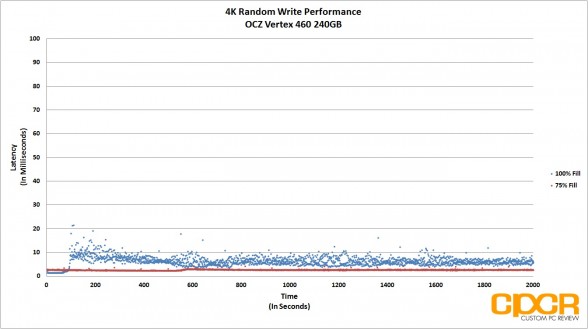
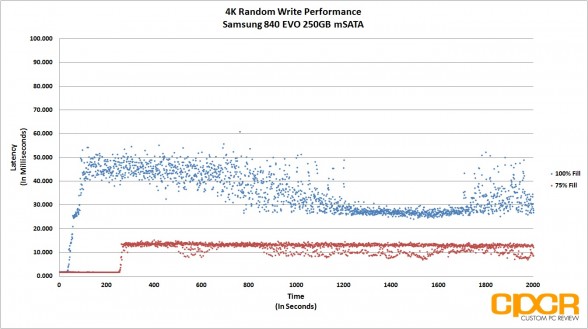
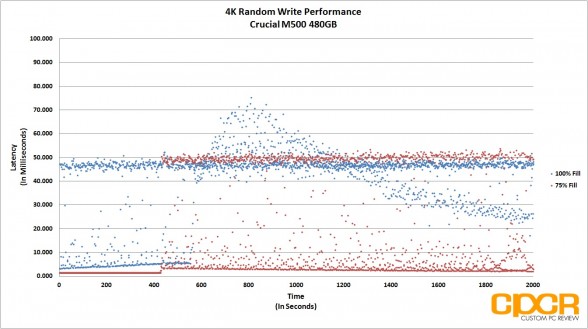
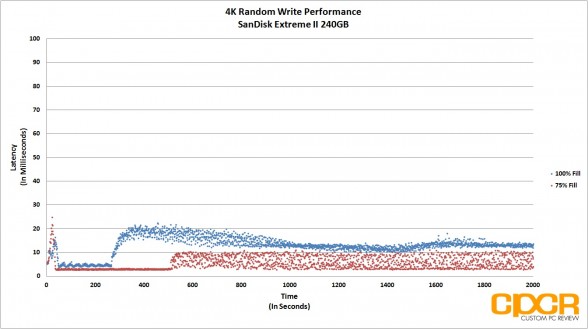
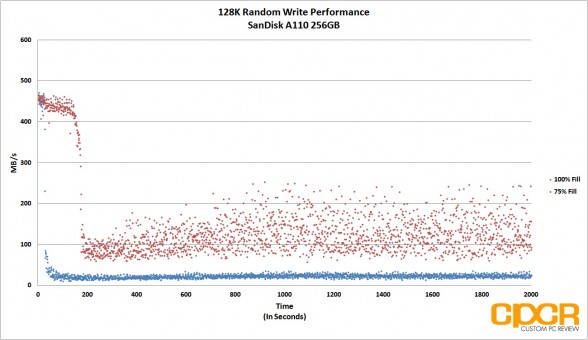
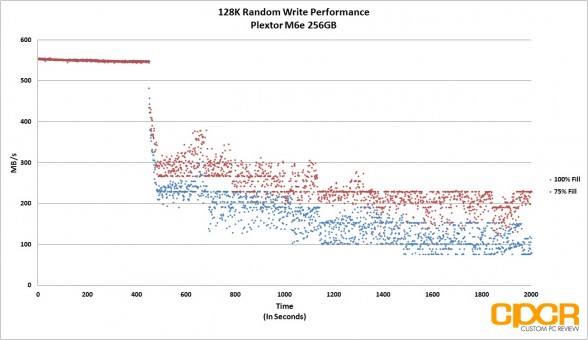
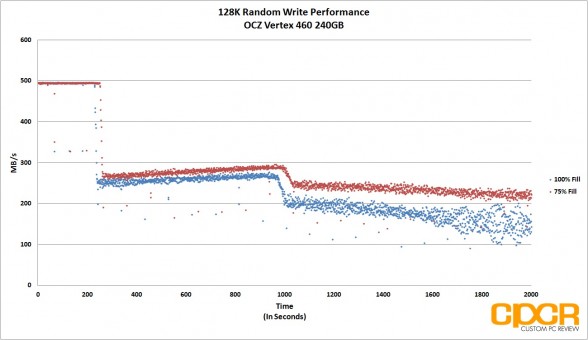
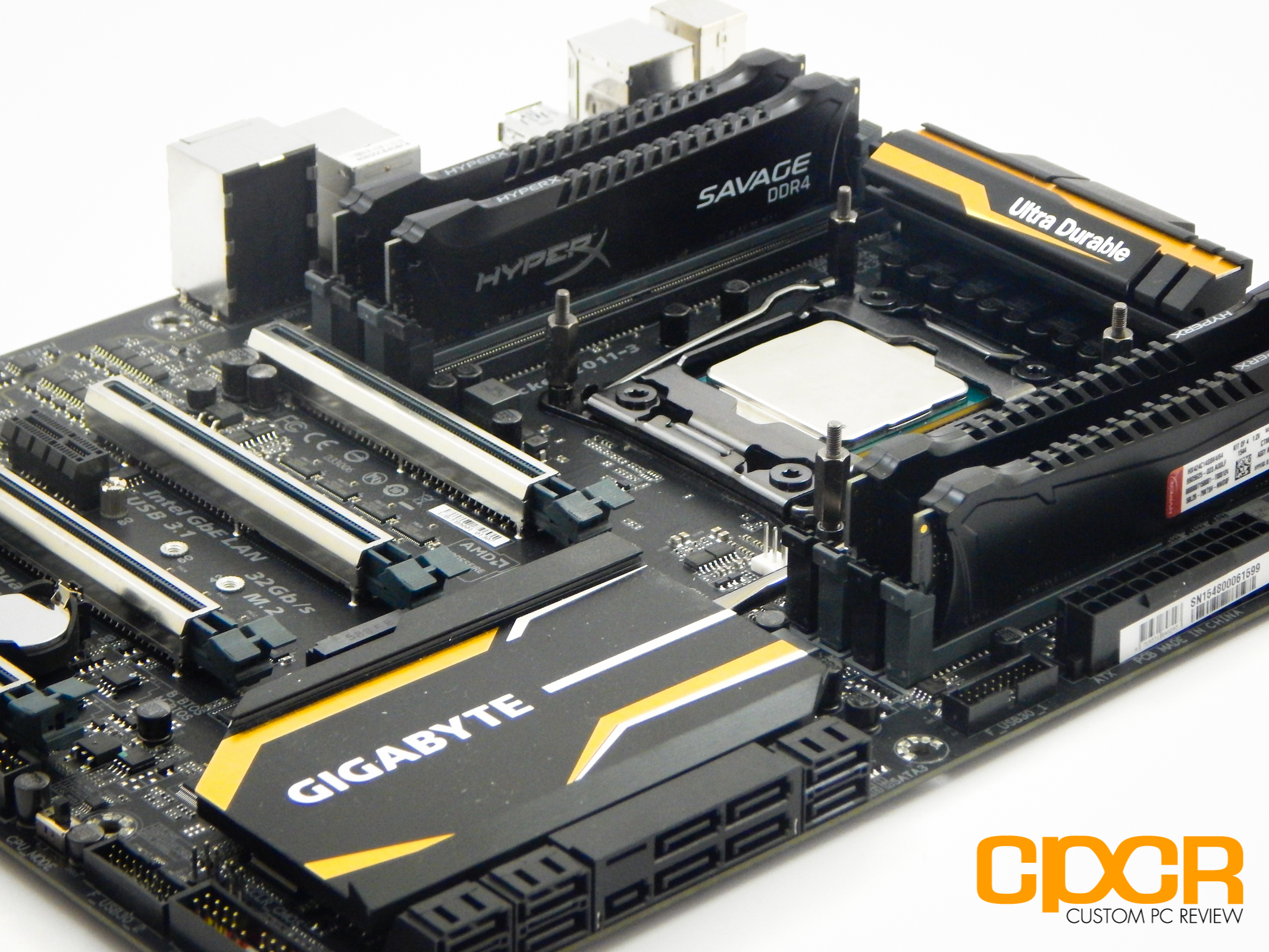
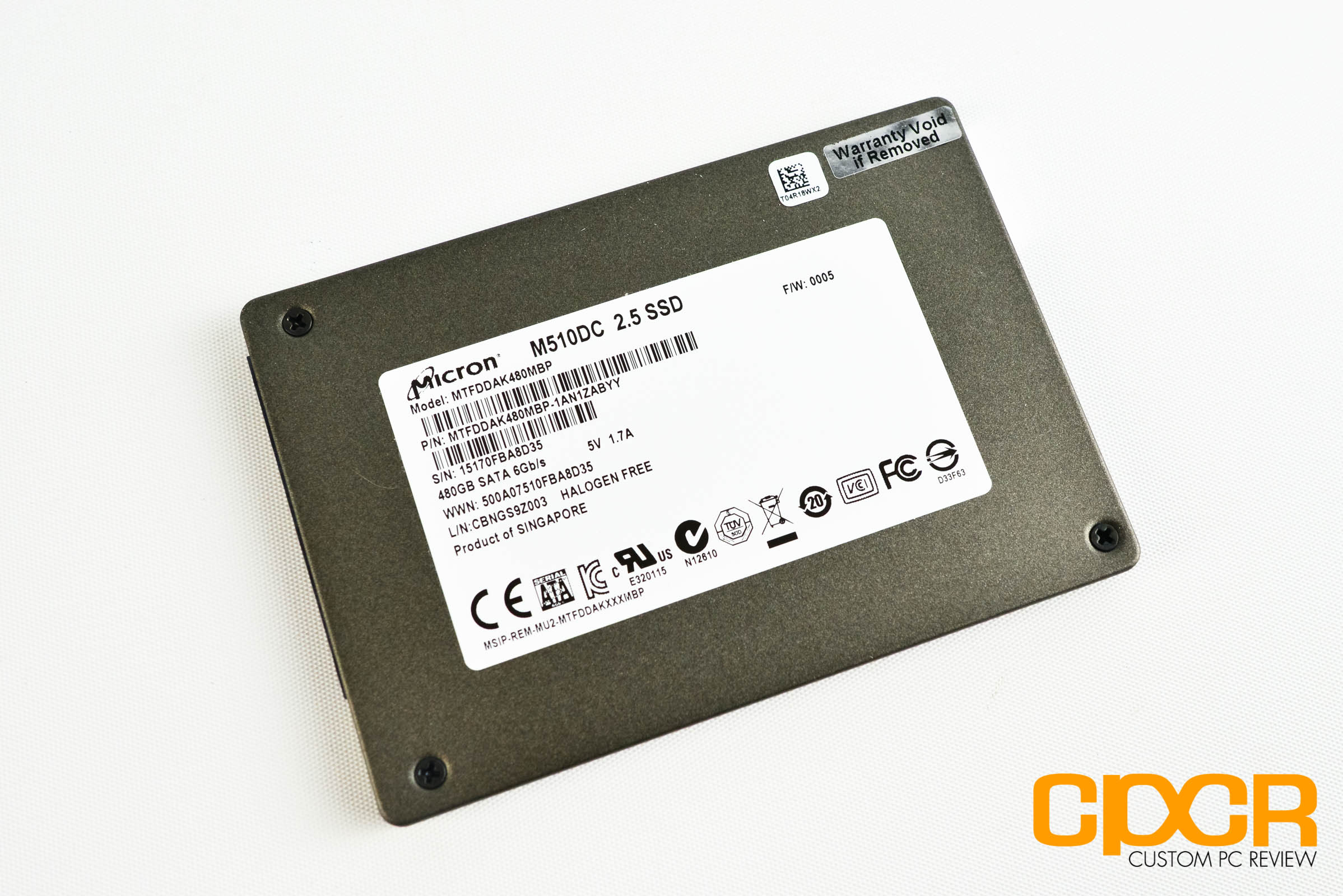
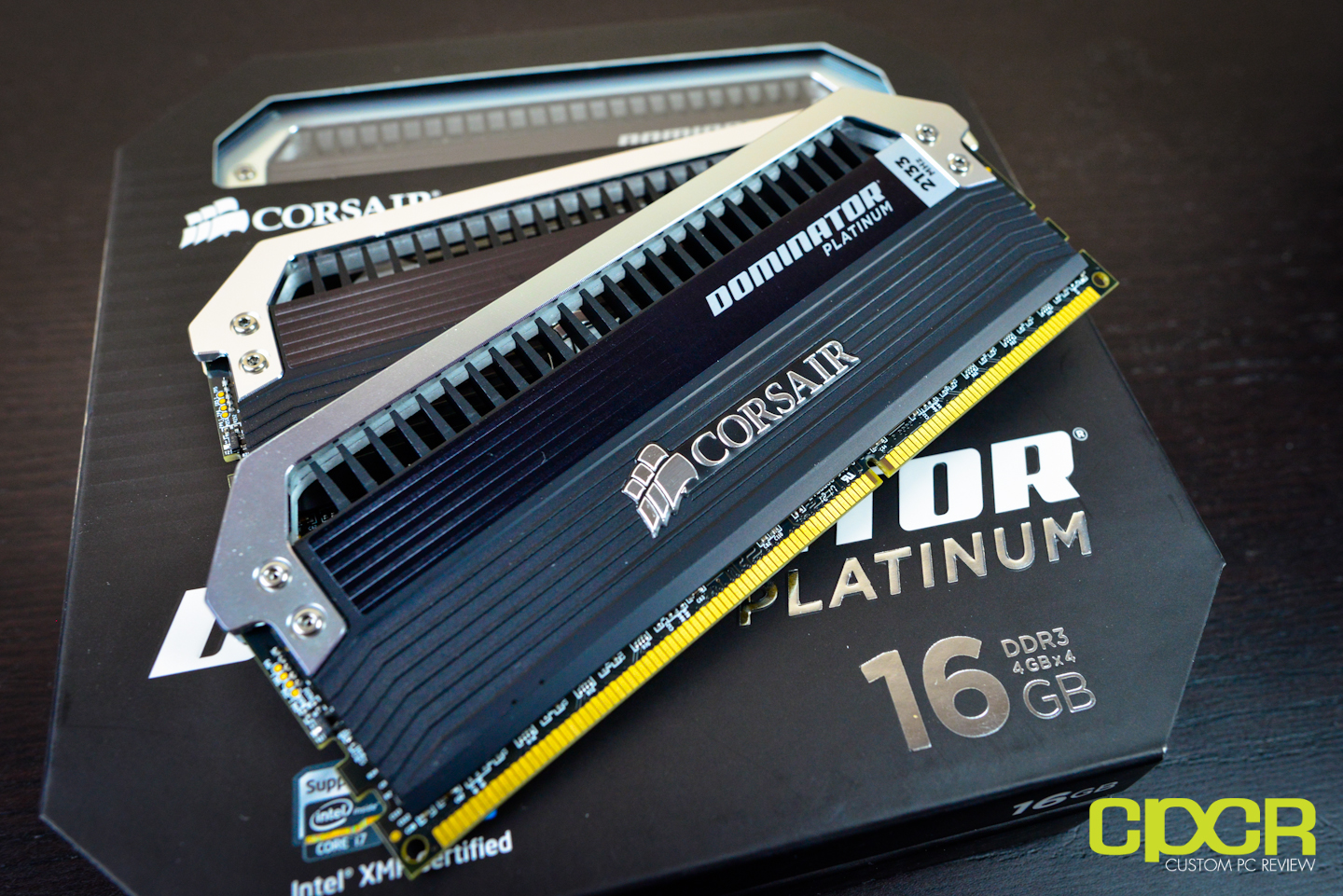
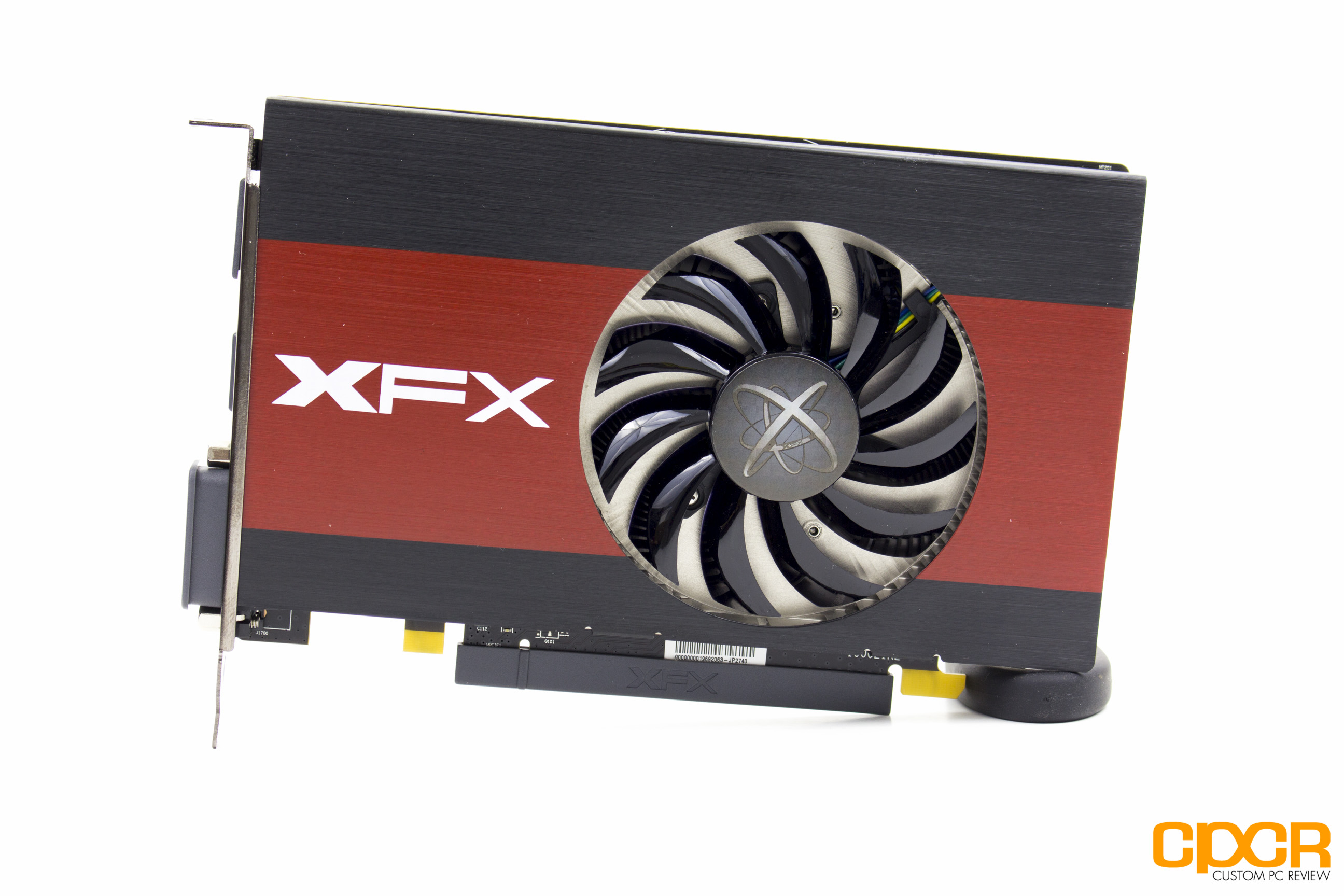
Hi
I have this sandisk a110, i used an M.2 to USB 3.0 adapter unfortunately my desktop pc on windows 8.1 recognize it as an ” ASMT 2105 “, should I use an PCI x 4 adapter ?
thanks,
Maybe it’ll be useful for other people. Yes you needed a PCIe X4 adapter
That ASMT 2105 is a SATA to USB bridge, so it wont work with PCIe based NGFF disks